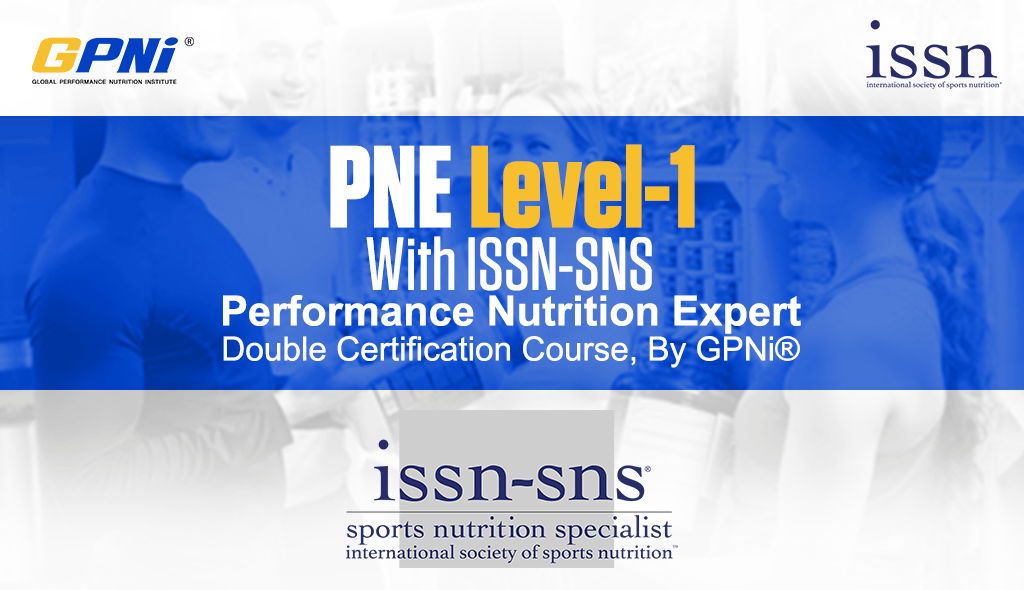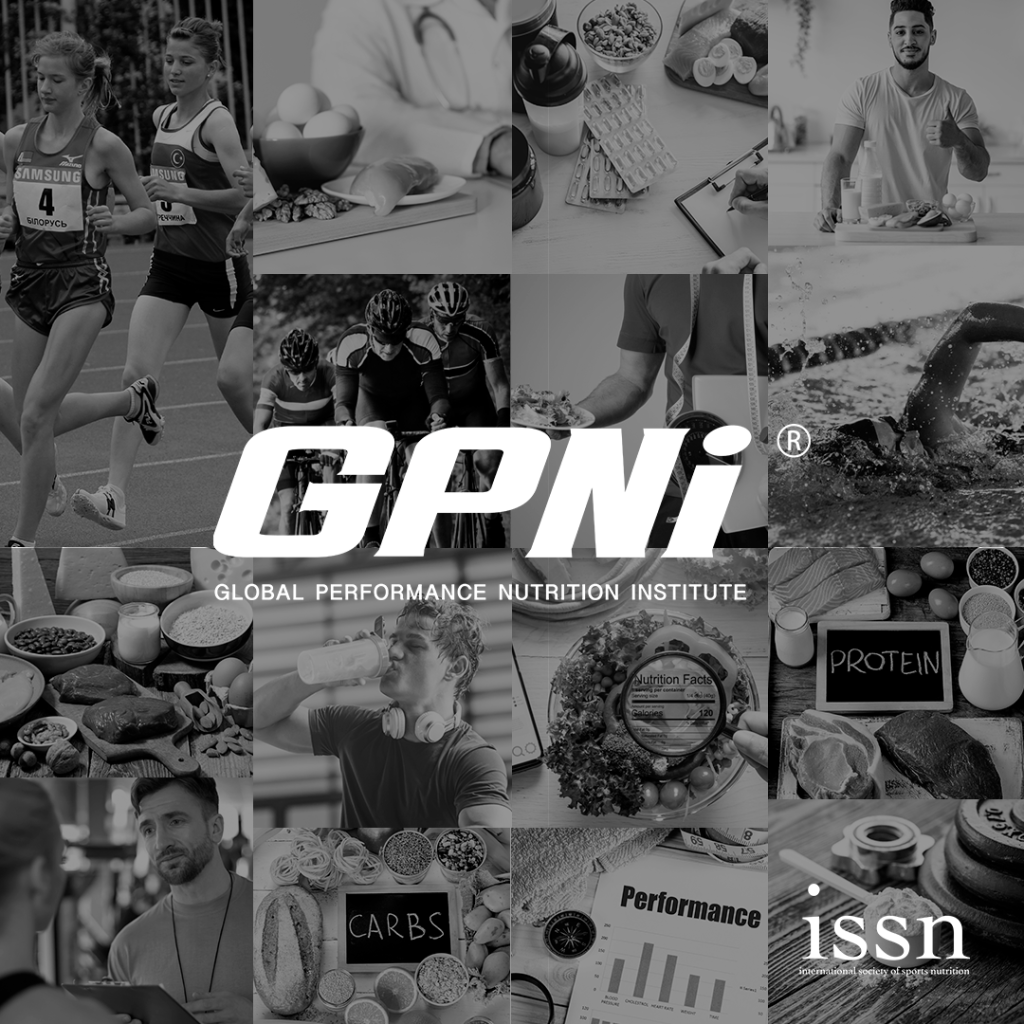Alcohol and sports events go hand in hand when you are a spectator but the same does not hold true for sports performance. Let’s take a deeper look into the effects of alcohol on performance and fitness goals.
Despite not being classified as a nutrient, alcohol contains 7 calories per 1 gram or 0.04 fl. oz. In fact, the body views alcohol as a toxin. When you consume alcoholic beverages, it is rapidly absorbed into the bloodstream from the stomach and small intestine. The majority of alcohol metabolism occurs in the liver. Alcohol is quickly broken down into an extremely toxic by-product known as ethanol. Your body primary focus after drinking is breaking down alcohol into less harmful byproducts that can be excreted or used for energy. Unfortunately, alcohol metabolism disrupts other metabolic pathways that are also responsible for energy production. After alcohol is metabolized in the liver, its by-products can disrupt the normal process of glycogen synthesis leading to decreases in glycogen levels in the liver and muscles. Alcohol metabolism can inhibit the process by which the body produces glucose from non-carbohydrate (gluconeogenesis) negatively impacting the body’s ability to maintain stable blood glucose levels. Consumption before or after exercise can reduce the process of using fat as a fuel source during exercise (fat oxidation). Alcohol can interfere with the absorption of essential nutrients, including vitamins and minerals. Excessive alcohol intake disrupts muscle protein synthesis and decreases muscle mass.

Aside from disrupting numerous metabolic pathways, alcohol intake increases urine production and leads to dehydration. Dehydration can impair physical performance, reduce endurance, and lead to decreased coordination and reaction time. Alcohol affects the central nervous system, leading to decreased coordination, balance, and reaction time. This can be dangerous for athletes, as it increases the risk of injuries during training or competition. Drinking can disrupt sleep patterns, leading to poor-quality sleep. This can negatively influence athletes’ recovery and overall performance. The rate of alcohol metabolism can vary among individuals due to factors like age, sex, genetics, body weight, and liver function. On average, the liver can metabolize about one standard drink per hour.
It’s clear alcohol consumption has an immediate negative effect on the body. These unfavorable effects stretch into the next day (Hello hangover!). Cognitive function and reaction times are impaired while under the influence and when recovering from a fun night. Even mild hangover symptoms like headaches, body aches, fatigue and hypersensitivity light and sound can have an impact on our ability to perform at our best. Ultimately, alcohol consumption causes more harm than good when it comes to sports performance. It’s essential for athletes to prioritize their health and performance which means considering the pros/cons of alcohol consumption especially in the hours leading up to training or competition. While some athletes will abstain completely from drinking, others will strategically plan when to have the occasional drink. The occasional drink will not derail you from your fitness and performance goals however excessive drinking will. Let’s not forget the damage heavy drinking can do to the body outside of our sport and fitness goals. Remember to drink responsibly!

Editorial By Cassie Evans
Cassie Evans is a registered dietitian and a published researcher. She has studied sports nutrition and completed an internship with the University of Miami Sports Nutrition Team and Nova Southeastern University’s sports performance team. She holds a Bachelor of Science in Exercise and Sports Science and received her CISSN in 2018. She is currently pursuing her doctorate in Human and Sports Performance from the Rocky Mountain University of Health Professions.
References
- Parr EB, Camera DM, Areta JL, Burke LM, Phillips SM, Hawley JA, Coffey VG. Alcohol ingestion impairs maximal post-exercise rates of myofibrillar protein synthesis following a single bout of concurrent training. PLoS One. 2014 Feb 12;9(2):e88384. doi: 10.1371/journal.pone.0088384. PMID: 24533082; PMCID: PMC3922864.
- Zakhari S. Overview: how is alcohol metabolized by the body? Alcohol Res Health. 2006;29(4):245-54. PMID: 17718403; PMCID: PMC6527027.
- El-Sayed MS, Ali N, El-Sayed Ali Z. Interaction between alcohol and exercise: physiological and haematological implications. Sports Med. 2005;35(3):257-69. doi: 10.2165/00007256-200535030-00005. PMID: 15730339.







